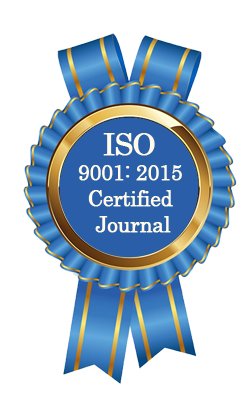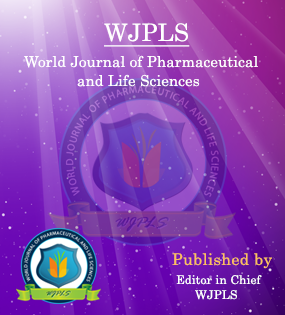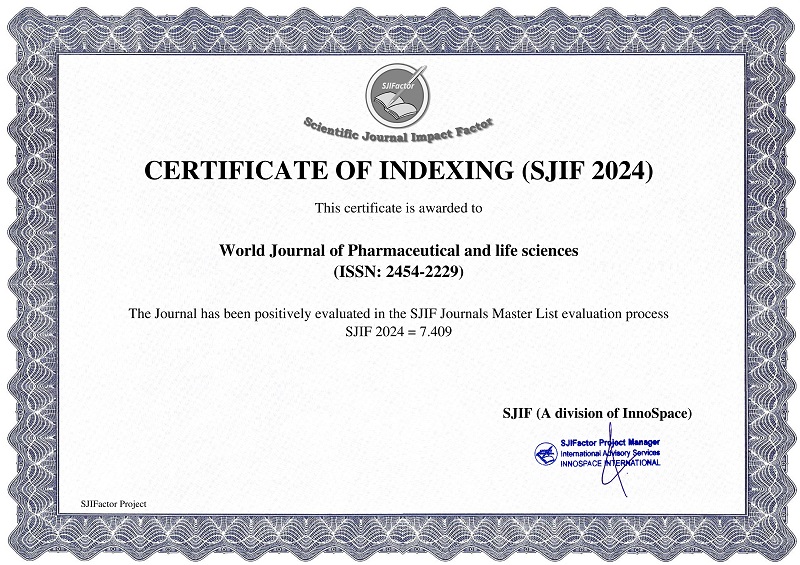Abstract
A REVIEW ARTICLE ON FOOD POISONING
*Dr. Jagdish Kumar Anant, Dr. S.R. Inchulkar, Dr. Sangeeta Bhagat
ABSTRACT
Food borne illnesses are the commonest health problems encountered world-wide, and are particularly rampant in Third World countries such as India, mainly due to a relative lack of sanitation and public hygiene. The term food poisoning in its wider sense includes all illnesses which result from ingestion of food containing non-bacterial or bacterial products. In other words, it is an acute gastroenteritis caused by ingestion of food or drink contaminated with either living bacteria or their toxins or chemical substances and poisons derived from plants and animals. Acute gastroenteritis is a major cause of morbidity and mortality. Infants and young children are particularly at risk. The majority of episodes may be directly linked to infection or infectious agents spread by the faecal-oral route and transmitted either on fomites, on contaminated hands, or in food or water. The clinical features of food borne infection is dependent on the pathogenic mechanisms involved. The chief symptoms are headache, giddiness, intense thirst, acute vomiting, diarrhea, colicky pain, cold and clammy skin, slow pulse, rigors and cramps. Measures such as the provision of clean potable water, appropriate disposal of human and animal sewage with separation from water supplies, and simple principles of food hygiene are all very effective means of halting the spread of these infections. Fluid replacement, ideally oral, is vital in the management of these cases.
[Full Text Article] [Download Certificate]WJPLS CITATION 
| All | Since 2020 | |
| Citation | 590 | 424 |
| h-index | 12 | 10 |
| i10-index | 17 | 14 |
INDEXING
NEWS & UPDATION
BEST ARTICLE AWARDS
World Journal of Pharmaceutical and life sciences is giving Best Article Award in every Issue for Best Article and Issue Certificate of Appreciation to the Authors to promote research activity of scholar.
Best Article of current issue
Download Article : Click here





